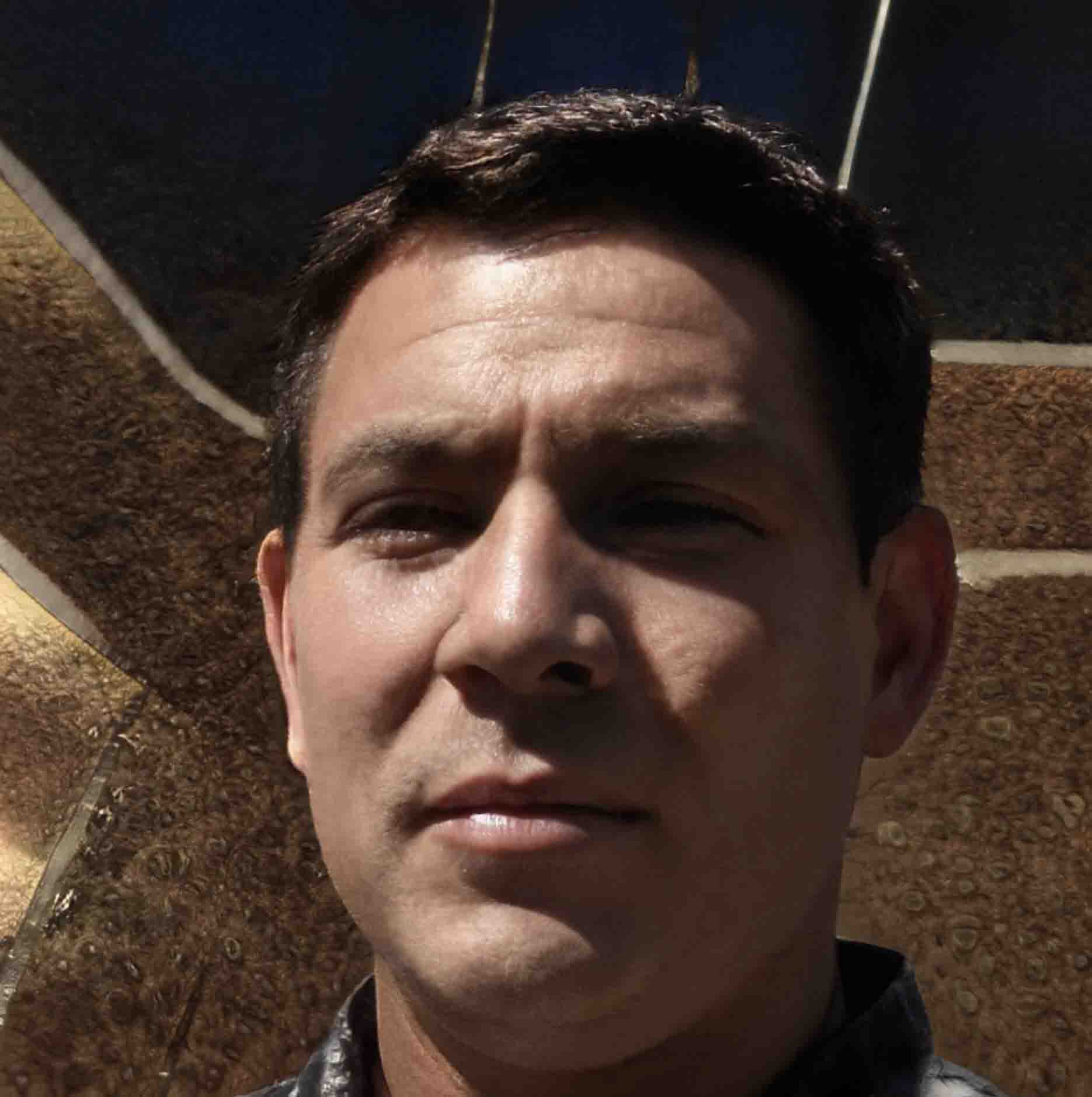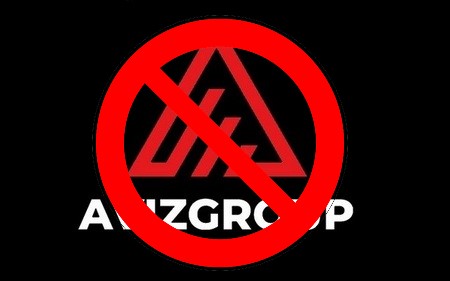Why is the euro getting stronger than the dollar?
 Paul Roberts
28 / May / 22
Visitors: 702
Paul Roberts
28 / May / 22
Visitors: 702
Economics
Last Thursday, the meeting of the European Central Bank (ECB) caused a splash in the volatility of euro pairs (180 pips fluctuation limit for EUR/USD, from 120 pips for EUR/ For example, for GBP and 160 pips for EUR/ CAD).
After that, volatility decreased slightly.
As expected, the ECB has not changed its monetary policy. On the other hand, she acknowledged that inflation is more resilient than expected (it reached 5.1% y/y in the euro area in January) and did not close the door to a key rate hike. from 2022; which was deprecated a few weeks ago.
The money market is now expecting the first rate hike as early as December 2022, which caused a recovery in the euro against its major counterparties.
The ECB faces a major challenge: further support for the economic recovery in the euro area, as well as combating inflationary pressures, which it has underestimated. The next meeting, scheduled for March 10th, will be interesting and likely to lead to even more volatility.
In the United KingdomThe Bank of England (BoE) announced, as expected, an increase in its main key rate from 0.25% to 0.50%.
However, divisions within the committee (four out of nine members voted in favor of a 50 basis point increase) may indicate that the process of normalizing the English Channel money supply will be faster than originally thought.
Inflation remains the main challenge, leading to a downward revision of growth forecasts for this year to 3.75% from 5% expected in November 2021.
The exit from the pandemic, marked by strong growth and benefiting the greatest number of people, is only a distant memory.
In the United States the labor market is giving mixed signals. In January, ADP's Private Sector Employment Survey indicates 301,000 job losses, while the Department of Labor's official report indicates 467,000 job creation.
Such a difference is rare and is mainly due to calculation differences and the difficulty of data collection due to the Omicron variant. These figures should not influence the monetary policy of the US Federal Reserve.
Pressure is mounting on the Fed to raise the key rate, which should be done in March.
The question remains whether the central bank will opt for a policy of small steps (several 25 basis point increases this year) or a more aggressive approach (a 50 basis point increase). points in March to reassure traders of their determination to fight high inflation). At the moment, the money market is unanimously looking for a first 25 basis point increase.
For developing countries, interest rates continue to rise, especially in Brazil.
The Central Bank of Brazil sharply raised the Selic key rate by 150 basis points to 10.75%. At the beginning of 2020, its rate was at the level of 2%; and this rate hike cycle is far from over and inflation is still high (10.06% last year).
This tightening of monetary policy is very beneficial for the local currency, the Brazilian real, whose exchange rate stabilized against the euro and the US dollar at the beginning of the year.
We have compiled a complete Bad Reputation Brokers.

Paul Roberts
Paul Roberts 51 years old Born in Edinburgh. Married. Studied at University of Oxford, Department of Public Policy and Social Work. Graduated in 1997. Works at Standard Life Aberdeen plc.






